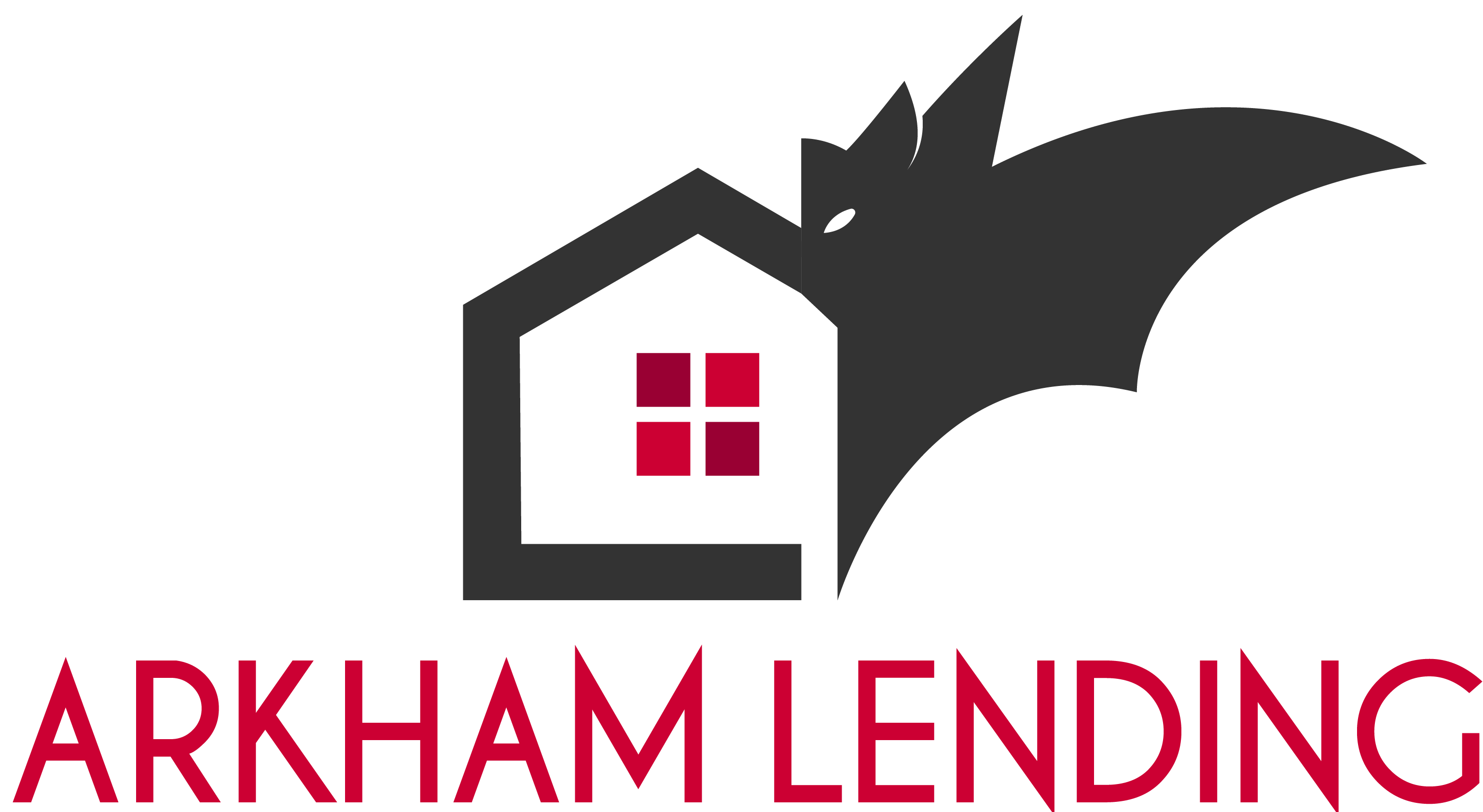GDS and TDS (or GDSR/TDSR) are two of the most important terms in the mortgage industry. GDS refers to the Gross Debt Servicing Ratio, while TDS refers to the Total Debt Servicing Ratio.
Before explaining what each of these ratios is, please note that mortgage lenders are only concerned about the following expenses for properties: mortgage payment (principal and interest), property tax, any maintenance fees, and heating costs.
GDS – Gross Debt Servicing Ratio
GDS is the amount of housing expenses compared to your gross income; hence, the term “gross debt servicing.” Sounds simple, right? It gets a bit more complicated, as there is a specific way lenders calculate your mortgage payment for the purpose of these ratios. The government requires that lenders calculate your mortgage payment for the property you are applying for using the stress test.
You can calculate this by taking the monthly “would-be” figures of the property you are purchasing or refinancing and dividing that by your monthly gross income.
Lenders usually use a heating cost of $100 per month and only 50% of your maintenance fees
(if you have any), but they follow the property tax figure from your latest property tax bill or your
purchase listing (if it is a new purchase).
You can skip this example, as there are many calculators (like this one) that will do all these calculations for you within seconds. However, if you want to get technical, see the example below.
Example:
Monthly Property Expenses:
Property Tax: $350.00
50% of Maintenance Fees: $0
Heating: $100.00
$400,000 mortgage calculated at 5.25% payment: $2,194.83
Applicant’s monthly gross income: $7,500.00
Expenses for GDS = $350.00 + $100.00 + $2,194.83 = $2,544.83
Expenses for GDS divided by applicant’s monthly gross income = GDS
$2,544.83 / $7,500.00 = 0.3393
0.3393 converted to percentage would be 33.93%, meaning this applicant’s GDS for this
scenario would be 33.93%.
Typically, lenders want 39% of all the income used on an application to go toward housing expenses. Now, we did mention “all” the income; this includes rental income, employment income, and any other income sources you may have (provided they fall within underwriting guidelines). This means the lender will compare the total application income against the total property expenses. If you do not have multiple properties, it gets much easier to calculate your GDS, just like in the example above. While 39% is the standard across all banks, some banks allow you to exceed the 39% mark, provided your down payment is greater than or equal to 20%. The moment your down payment is less than 20%, you must adhere to the 39% cap on GDS, with no exceptions.
TDS – Total Debt Servicing Ratio
This one is really simple to explain. TDS is your GDS plus any additional monthly debt payments you may have, which includes any car loans, student loans, or other fixed monthly payment loans. If you have outstanding debts on your credit cards or lines of credit, as a general rule of thumb, lenders will factor 3% of the balance as your payment on the mortgage application.
Once again, you can skip this example; however, if you’d like to understand the details, see the example below.
Example:
We will build off the example from the GDS section above:
Applicant’s Debt:
Monthly car loan payment: $350
Monthly student loan payment: $0
Line of credit (LOC) balance: $10,000.00
Credit card (CC) balance: $2,000.00
Firstly, we would calculate the 3% rule for any line of credit or credit card balances:
3% rule payments = (LOC + CC) multiplied by 3.00%
3% rule payments = ($10,000.00 + $2,000.00) multiplied by 3.00% = $360
Applicant’s monthly gross income: $7,500.00
Expenses for GDS = $2,544.83
Expenses for TDS = Expenses for GDS + $350 + $360
Expenses for TDS = $2,544.83 + $350 + $360 = $3,254.83
Expenses for TDS divided by applicant’s monthly gross income = TDS
$3,254.83 / $7,500.00 = 0.4339
0.4339 converted to percentage would be 43.39%, meaning this applicant’s TDS for this
scenario would be 43.39%.
For TDS, lenders want the TDS to be equal to or less than 44%. However, some banks will allow you to exceed this 44% threshold, provided you are putting down 20% or more.
In conclusion, while it’s great to understand how to calculate these ratios, each lender has different policies to help facilitate decreasing them. For example, if you own a corporation and your car payment is coming from that corporation, certain lenders may remove the car payment
entirely from your mortgage application. There are also various programs lenders have that will allow you to go well beyond the typical standard ratio requirements. Working with a professional mortgage advisor who understands each bank’s policies and programs can make the difference
between being approved or declined.

